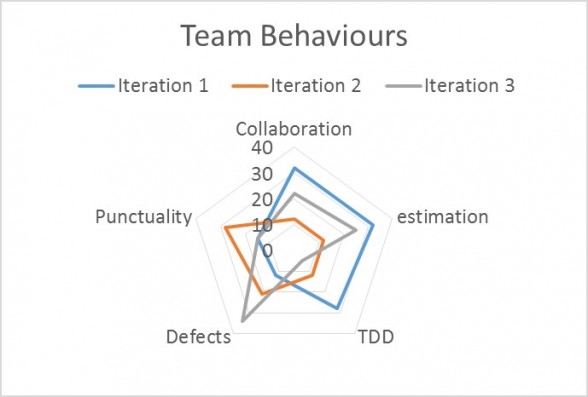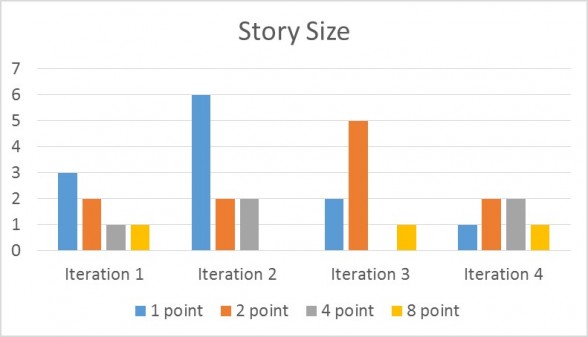Agile walls Part 4 – reporting walls
In this series of blogs, I have been discussing how the walls of our offices can be used for great benefit for the team. One of the biggest benefits is the out and open display of metrics. All walls previously mentioned by definition display progress, work that is done, work still to be done, and if you have a testing wall (part 3) you will also have an excellent defect tracking tool as well! The final part of the series is about reporting, but not just the “usual” reports
Reporting walls
All of the walls mentioned previous can also be classified as reporting walls as they can be used to measure or assess progress, coverage, risk or defects. However, some teams prefer to have specific walls that measure specific metrics for either management or for the team. One of the most common metrics is the “burn rate”. The burn can be either of days, effort, dollars or story points and it can be assessed as either increasing (burn up) or decreasing (burn down). The burn rate is a very powerful tool to help the team keep focus.
Other common metrics tracked on walls include dollars spent, stories delivered (via the release plan), defects found and fixed (via the test results wall), test coverage (via the test planning wall). Tracking trends in team behaviours and changes to the social contracts are also excellent metrics to consider if wishing to follow the Agile transformation.

Figure 11-Team Behaviours
Other interesting metrics that I have heard of are things such as the distribution of story sizes inside an iteration, this is very useful to use when looking at velocity, to see how many iterations get “done” and how it relates to story sizes.

Figure 12-Story Sizes
Conclusion
There is so much information needed by a team to do good work, so we need to really understand and display this information to maximum advantage to the team. The information needs to be available and comprehensive. Walls provide the best possible avenue for this delivery. Understanding the variety of walls available allows teams to understand what information they need to see and how they can display it. The key is not to follow a rigid pattern, but to display and use the information that matters the most to the team as a whole.
Posted by Sharon Robson
Thank you!
Your details have been submitted and we will be in touch.